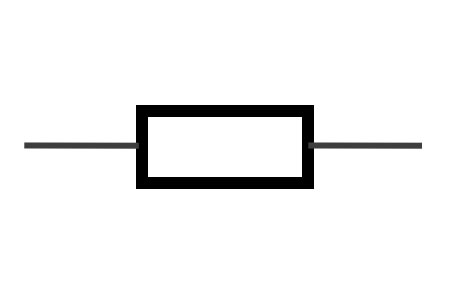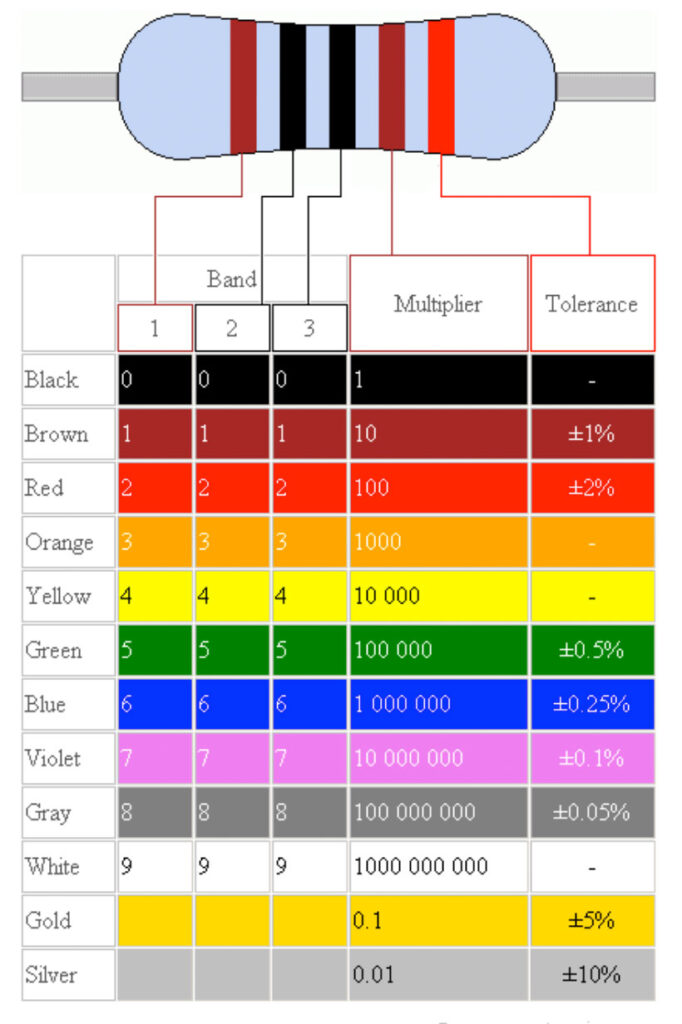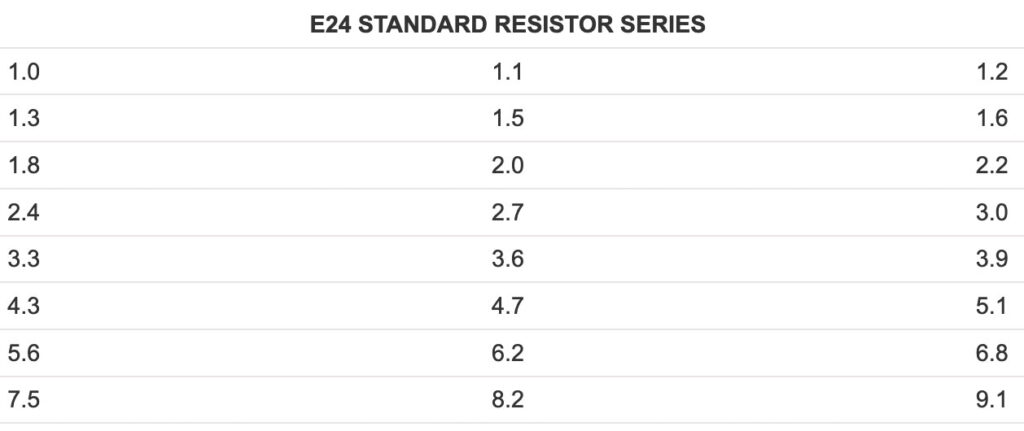Wiki: “A resistor is a passive two-terminal electrical component that implements electrical resistance as a circuit element”. In other words, a resistor introduces resistance in a circuit. Resistors reduce the current in a circuit and introduce voltage division.

The value of resistors is determined by colored rings. In case of 1% resistors (the value can deviate 1% only) the value is given in 5 colors. Check the table below. The first 3 colors make the number. The 4th one is the multiplier. The 5th ring indicates the tolerance.

To simplify resistor manufacture, resistor values are arranged into standard resistor values conforming to the E series. This means you cannot go to the shop and buy any value you want – it is always part of a series. The most common series are E12, E24 or E96.


So for the E12 series you have 10k, 33k, 56M, … but NO 11k for example – because it is not part of the series. Resistors also have a maximum amount of energy they can dissipate. The normal small ones that you will find in audio-circuits are 0,125W (1/8W).
Sometimes you need resistors that can dissipate much more energy, so also the package will be different. See some examples below.
